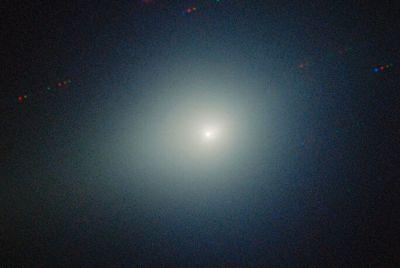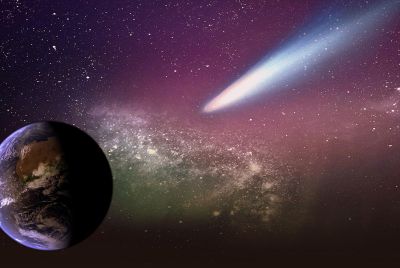Interstellar Visitor 3I/ATLAS Slams Sun—What Happens Next?
Interstellar object 3I/ATLAS hits perihelion. This close pass by the Sun is a critical test that could reveal its secrets.
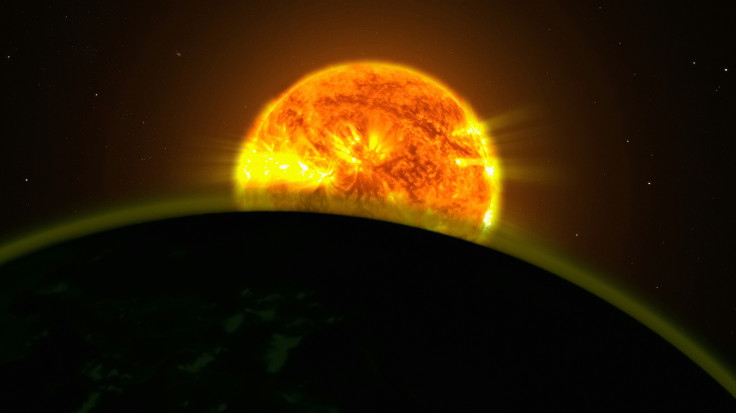
Right now, hidden from our view by the glare of the Sun, an interstellar visitor is facing its ultimate trial by fire. 3I/ATLAS, the mysterious object from another star system, reaches its closest approach to our Sun today.
This is not just a routine fly-by; it is a crucial milestone for an object that has baffled scientists and fuelled intense speculation since its discovery. What emerges from the other side could change our understanding of the cosmos.
What Makes 3I/ATLAS So Different?
Discovered on 1 July 2025, 3I/ATLAS immediately stood out. Its extremely high speed and hyperbolic, unbound orbit (with an eccentricity of 6.2) confirmed it was not from around here. Early imaging from the Hubble Space Telescope estimated its nucleus to be anywhere from 320 metres to several kilometres across.
But the real mystery lies in its behaviour and composition. 3I/ATLAS has demonstrated a chemistry that is highly unusual, with a high carbon dioxide to water ratio, a significant nickel content, and other hints of materials and behaviours not typical of standard Solar System comets. These anomalies have made it a high-priority target for observation.
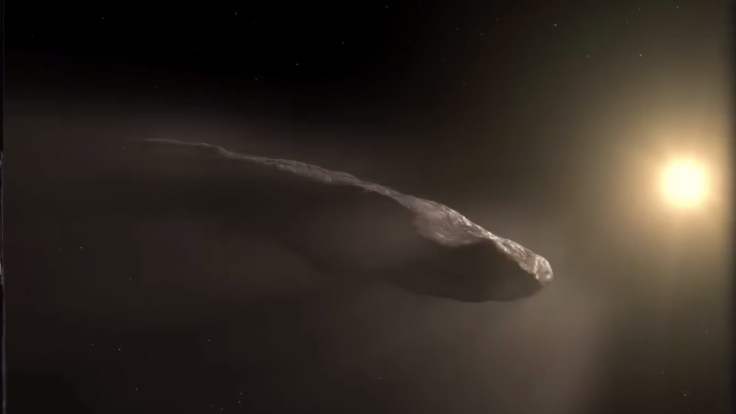
The Perihelion Stress Test for 3I/ATLAS
Today, 3I/ATLAS hits perihelion, its closest point to the Sun. According to NASA, that point is about 1.4 AU (210 million kilometres) from our star, placing it just inside the orbit of Mars. This is the moment of maximum thermal and gravitational stress.
This close approach acts as a 'stress test' of sorts. As the solar heating ramps up, it can trigger dramatic activity. If 3I/ATLAS is a natural comet, we might expect it to disintegrate, fragment, or release massive jets of gas and dust. If, however, it remains unusually stable or, more profoundly, shows non-gravitational motion that cannot be explained, it will only fuel the non-natural hypotheses.
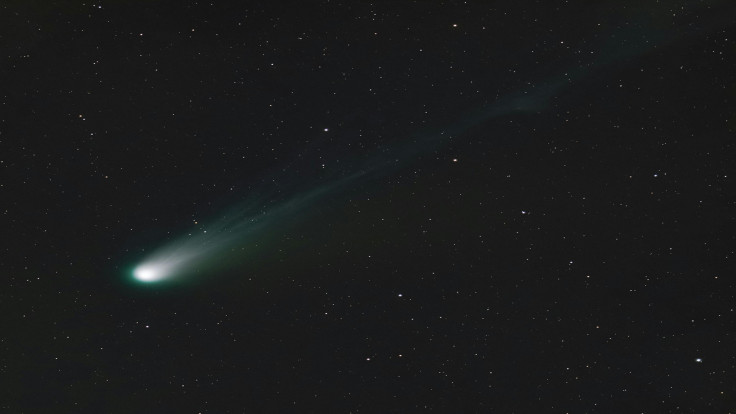
Why We Are Watching 3I/ATLAS Emerge
The critical challenge is that this is all happening 'behind the Sun' from our viewpoint, in what is known as a solar conjunction. We cannot observe the perihelion event directly. This makes the data we get after it re-emerges even more critical.
In the coming weeks and months, we will be monitoring several key things:
- Trajectory: Is its orbit changing in a way that standard comet models cannot explain?
- Activity: Does it sprout strong new tails or jets? Does its 'anti-tail' change?
- Composition: Do its spectral signatures (CO₂, H₂O, nickel) change after being 'cooked' by the Sun?
- Brightness: Any sudden brightening or fading could signal a breakup or the exposure of fresh material.
How 3I/ATLAS looks afterthis pass, compared to how it looked before, will be incredibly telling.
🚨3I/ATLAS Hits Perihelion: What’s Next & Why We Should Be Watching
— Skywatch Signal (@UAPWatchers) October 29, 2025
Today is a crucial milestone for 3I/ATLAS as it reaches its closest approach to the Sun (perihelion).
According to NASA, that point is about 1.4 AU (210 million km) from the Sun, just inside Mars’ orbit. 🧵👇 pic.twitter.com/toG9rpn6JQ
3I/ATLAS: A Call for Cautious Observation
It is vital to stay grounded in evidence. We must not assume 3I/ATLAS is alien technology just because it is 'weird'. Unusual composition or behaviour alone does not imply intelligent design, and Occam's Razor still applies. Furthermore, it is important to note that the widely accepted view is that 3I/ATLAS poses no threat to Earth.
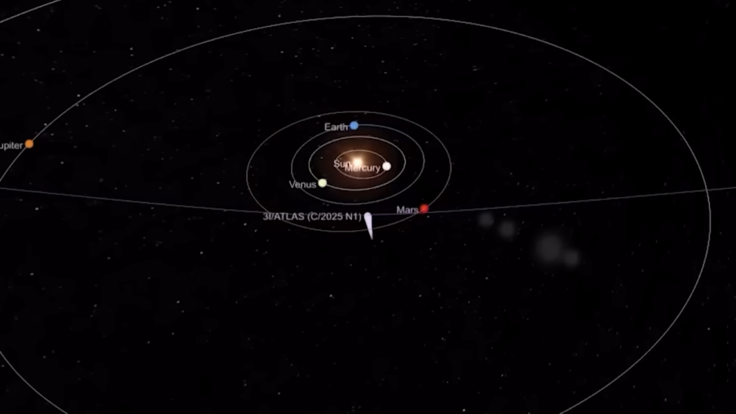
Why 3I/ATLAS Bridges Science and Scepticism
This object is unique. It bridges the gap between traditional planetary science and the broader question of 'what's out there?'. Interstellar objects bring us material from other star systems, which could be radically different from our own.
If an object shows anomalies that are truly unexplainable by standard astrophysics, it becomes relevant to deeper questions about non-natural origins. This makes 3I/ATLAS a critical test case. For anyone tracking the UAP/NHI discussion, this event is a touchpoint.
How the mainstream scientific community handles the data, what is released, and how anomalies are treated all matter for broader patterns of disclosure and transparency.
3I/ATLAS is not just another comet. It is a rare interstellar visitor with anomalous features, and today's perihelion is its inflection point. What happens next will shape whether we interpret it as a frozen relic, a manufactured probe, or something in between. The story is unfolding now.
© Copyright IBTimes 2025. All rights reserved.






